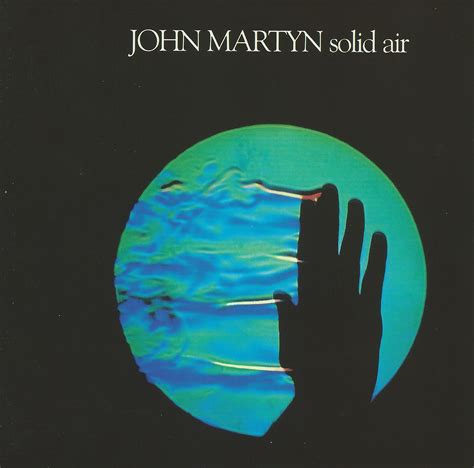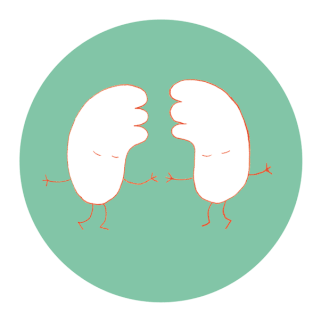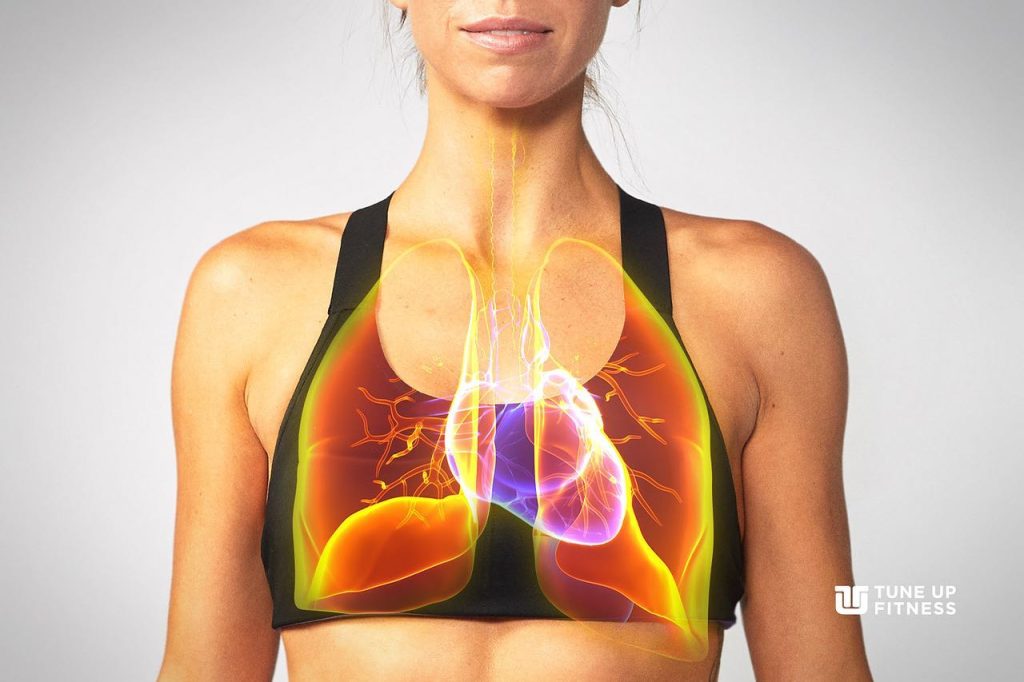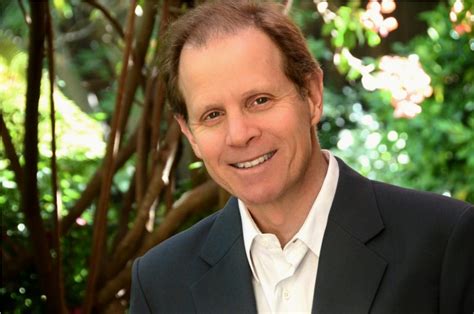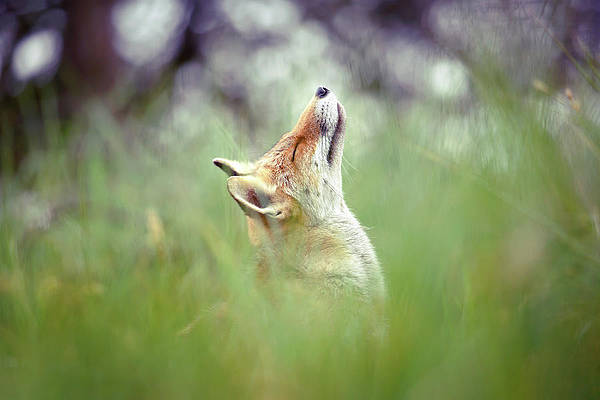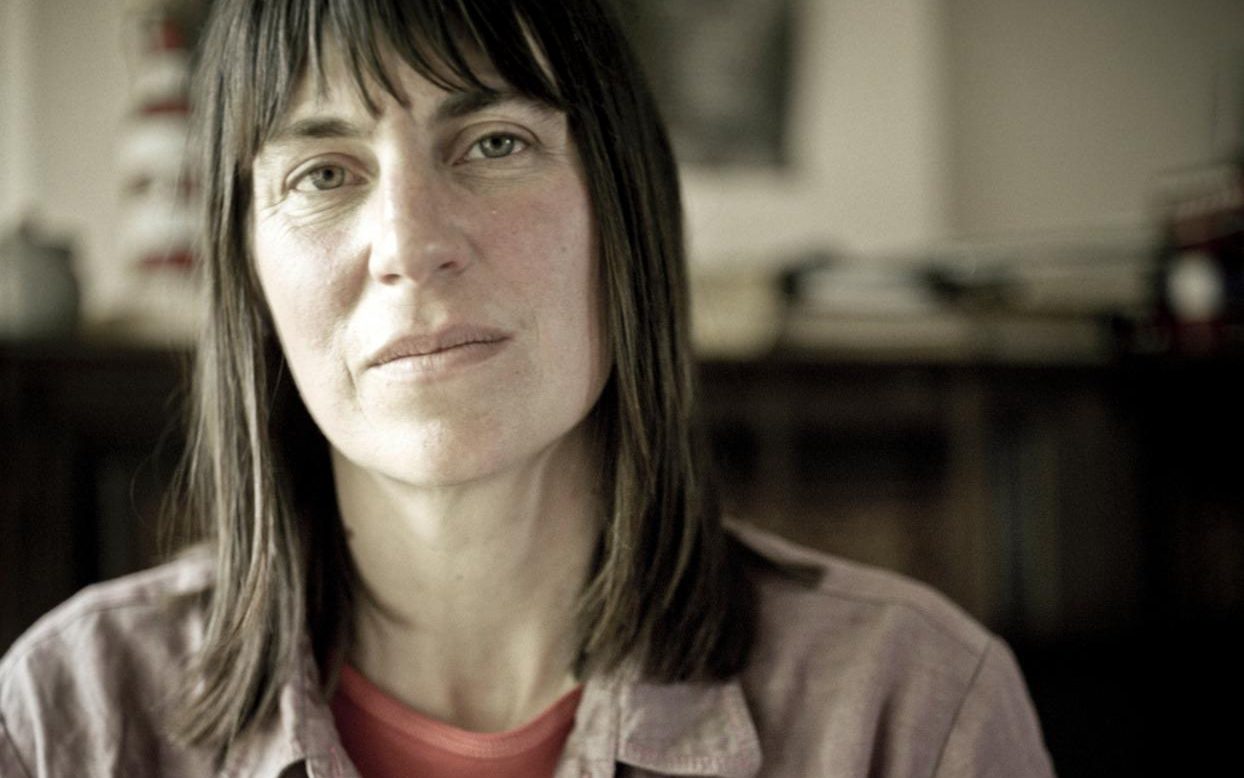I recently discovered the term „the diaphragm law“. The „diaphragm law“ was introduced after the George Floyd incident, prohibiting the New York Police Department officers from exerting pressure on the suspect’s torso. This law was then contended, wrote Alicia Vikander in the “New York Latest News” in 2021.
This is definitely the strangest way of featuring breathing anatomy or of recognizing how breathing works, I’ve come across. (The syntax in the article is, in part, unintelligible, I’m posting it as is):
“New York (CBSNewYork / AP) — Judge broke banned law NYPD Officer from Pressure on the suspect’s torso While arrested, he calls it “unconstitutionally ambiguous.”
Judge Lawrence Love of Manhattan wrote in a 17-page opinion that the wording of the law was passed after the killing by the Minneapolis police. George Floyd, Difficult to define and confusing.
The ruling of Love was filed in a proceeding filed by a police union that opposed a law called the “diaphragm law” because it prohibited police from detaining people “in a way that squeezed the diaphragm.”
Ai, in his opinion, said such a phrase “cannot be properly defined as written.” He rejected the city’s proposal Just remove those words from the law, He said he would not take the role of city council member.
Union lawyers said removing the line made the law even more ambiguous, for how long, no matter how much pressure it put on the suspect’s chest, kneeling, or standing. Affects a person’s breathing.
Instead, the judge urged the city council to review the law and address language issues. Last year, a bill to amend the law was issued in protest from the police union, but it seems to be stuck. New York City law was one of many police reforms enacted nationwide in the wake of Floyd’s death when Minneapolis police officers knelt on their necks for about nine and a half minutes.
The New York City Legal Department, which defended the law withdrawn in court, said it was “considering its legal options.” The law also prohibited the use of strangler figs by police officers. The love ruling has nothing to do with the long-standing NYPD ban on tactics. Strangler figs are also illegal under state law.
A message asking for comment was left to the police station and the police union that filed the law.
In the past, Police Charity President Patrick Lynch described the “diaphragm law” as a legislative overkill against all training.
Ai, in his ruling, established new training procedures and overall restrictions on NYPD sitting, kneeling, and standing on a person’s chest or back, but the department’s training material also “diaphragm.”
(© Copyright 2021 CBS Broadcasting Inc. All Rights Reserved. The Associated Press contributed to this report.)


